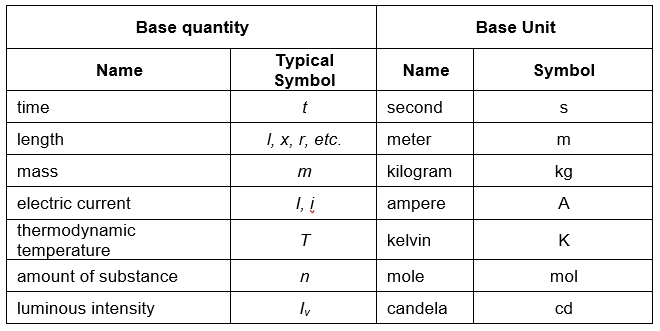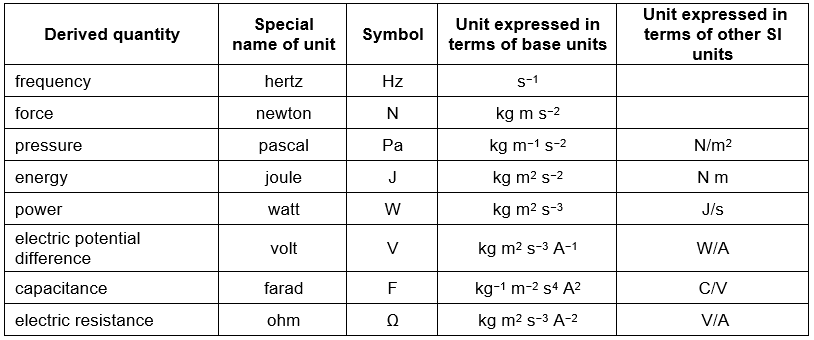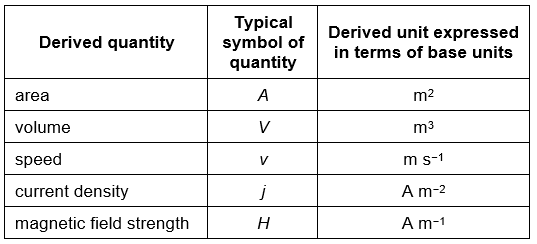
Hello, aspiring engineers and fellow professionals!
As we dive deeper into our careers, it’s crucial to grasp the foundation of measurement in engineering: International System of Units, universally known as the SI (from the French Système international d’unités). Whether you’re designing electrical panels or troubleshooting systems, understanding these units is essential for accuracy and global standardization.
🔹 Base Quantities and Units: The Building Blocks
These are the fundamental quantities from which all other units are derived:

Note 1:- The symbols for quantities are generally single letters of the Latin or Greek alphabets, printed in an italic font, and are recommendations. The symbols for units are printed in an upright (roman) font and are mandatory.
Note 2:-Small spelling variations occur in the language of the English-speaking countries (for instance, “metre” and “meter”, “litre” and “liter”). In this respect, the English text presented here follows the ISO/IEC 80000 series Quantities and units. However, the symbols for SI units used in this brochure are the same in all languages.
🔹 Derived Quantities and Units: Powering Complex Calculations
Derived units are defined as products of powers of the base units. Some of the derived units in the SI are given special names. There are 22 SI units with special names. Together with the seven base units they form the core of the set of SI units. All other SI units are combinations of some of these 29 units.
Some of the commonly used derived unites are:

Examples of derived units in the SI expressed in terms of base units.

Why Does This Matter?
Understanding these units is not just academic; it’s the language of precision in engineering. Properly using and converting these units ensures your designs and calculations meet international standards, enhancing quality, safety, and reliability.
🌟 Pro Tip: Always double-check your units during calculations. A simple mismatch can lead to costly errors or unsafe designs.
Let’s continue to learn, innovate, and uphold the highest standards in our field!
